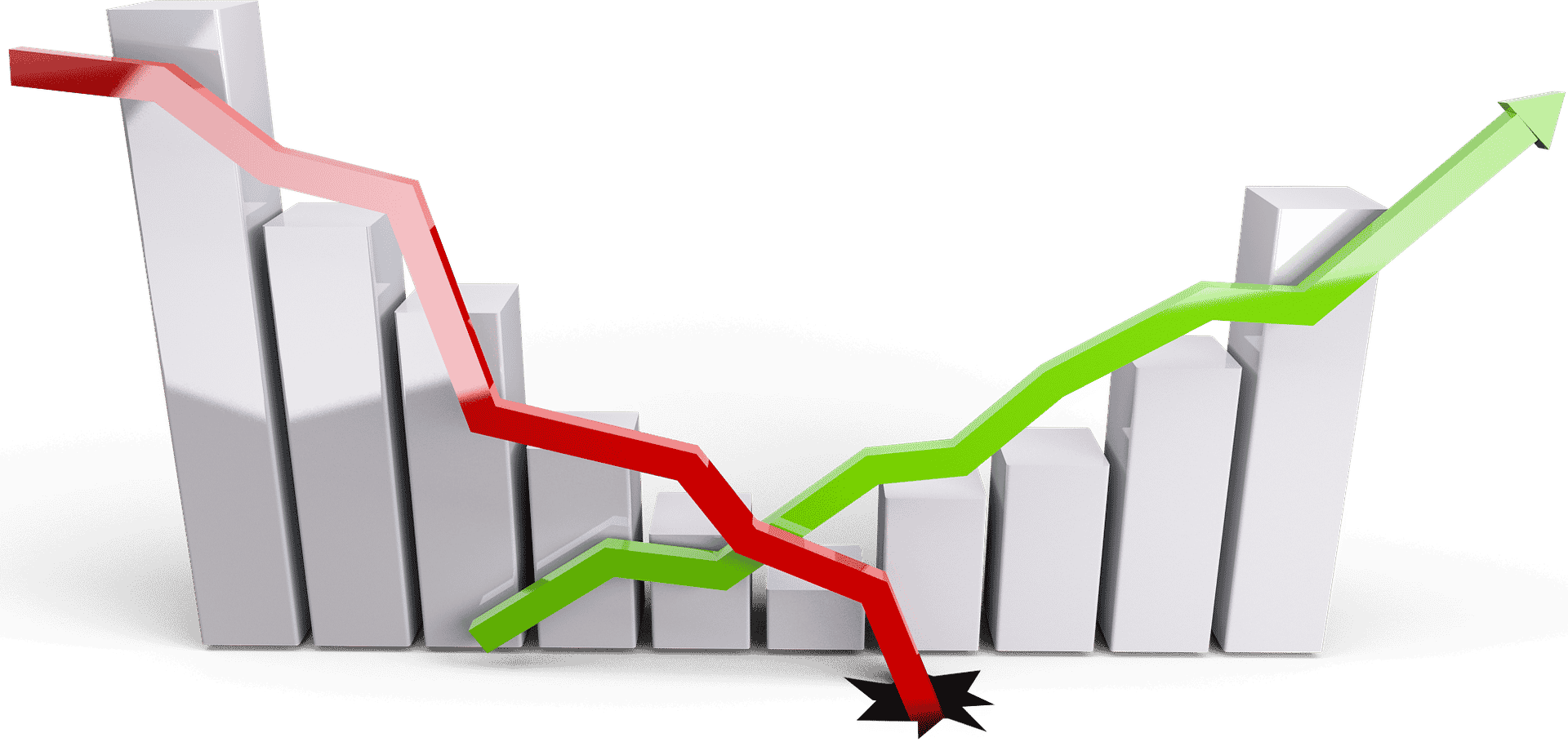This Monday, NPR consumers woke up to this alarming report on the coronavirus:
Florida Smashes U.S. State Record Of Daily New Cases: More Than 15,200
Not content to scare readers in the headline, the dire framing continues in body of the report, which was discussed on the Up First podcast. Some illustrative quotes below:
Florida reported 15,299 new coronavirus cases on Sunday, marking the largest single-day increase of any state since the start of the pandemic.
Sunday’s number exceeds New York’s peak of more than 12,200 new cases in one day back in April, when it was the epicenter of the outbreak…
As of Saturday, 7,186 people were hospitalized in Florida, according to the COVID Tracking Project.
Florida started reopening in early May and has continually shattered state records for single-day increases since cases began surging there in June.
Reading this, our discerning audience comes a way with a couple things:
- Florida’s shattering records for new infections
- Things in Florida are so bad right now that they’re even worse than New York at its peak
The problem with the statistics they’re using here is not that they are explicitly incorrect. They are correctly citing the official case numbers.
The problem is that they fail to provide any of the context needed for someone to understand what those case numbers actually mean, and what they can tell us about the severity of Florida’s situation.
First things first: Reporting case numbers without adjusting for population is just confusing.
Yes, Florida really has set the state record for new positive confirmed cases in a single day. Florida is also the third most populous state in the country–behind Texas and California, but 10% larger than New York.
So Florida took the lead today. And if current trends continue, Texas and California will claim the mantle in a few weeks’ time. Those records will be trumpeted too, but they will matter just as little.
A better way to compare totals among states is per capita, usually per 100,000 people. On this score, Florida still would have beaten out New York with Sunday’s case count (71 per 100k vs. 63 per 100k), but that comparison is at least superficially meaningful. It also has the virtue that it can be compared to other states and counties.
A more urgent problem with this analysis is that we know the official case numbers dramatically understate the true number of infections. This remains a problem today, but it was much worse early in the pandemic.
The reason for the understatement is the lack of testing capacity. When New York was at its peak, it only had enough tests to use them on healthcare workers and people with the most severe symptoms. It couldn’t test everyone with symptoms, let alone everyone who had contact with a COVID-positive person. As a result of this necessary strategy, many infections went undetected, and the percentage of tests coming back positive–the positivity rate–was extremely high.
Notably, this wasn’t really New York’s fault. It’s more a by-product of them being first (and the CDC and FDA botching the testing rollout).
In Florida today, the total number of infections are still being undercounted. But the testing shortage is less acute, so more people can be tested and the confirmed number is going to be closer to the real thing.
We can see this reflected in the data in two ways. The first is the positivity rate mentioned before. The second is per capita hospitalizations. (Since severely ill patients were able to get tested in New York, we can assume the hospitalization number there is reasonably accurate.)
At the height of its outbreak, New York was reporting a weekly positivity rate over 40% and 97 out of every 100,000 people were hospitalized.
To be sure, Florida is definitely having an outbreak right now. No one is suggesting these numbers are a cause for celebration.
But it’s completely misleading to suggest that Florida’s situation today is worse than things were in New York a few months ago. The only metric that supports this notion right now is the one we know, with certainty, is unreliable.
The point here is that we want people to have a realistic understanding of the how bad or benign things truly are. It’s okay if people are worried, but we want the level of concern to be proportionate to what’s actually happening.
So yes, it’s a problem when Trump says the coronavirus is just like the flu and will magically disappear. It’s also a problem when hyperbolic media reports make people so afraid of COVID-19 that they refuse to go to the ER when they have a heart attack.































